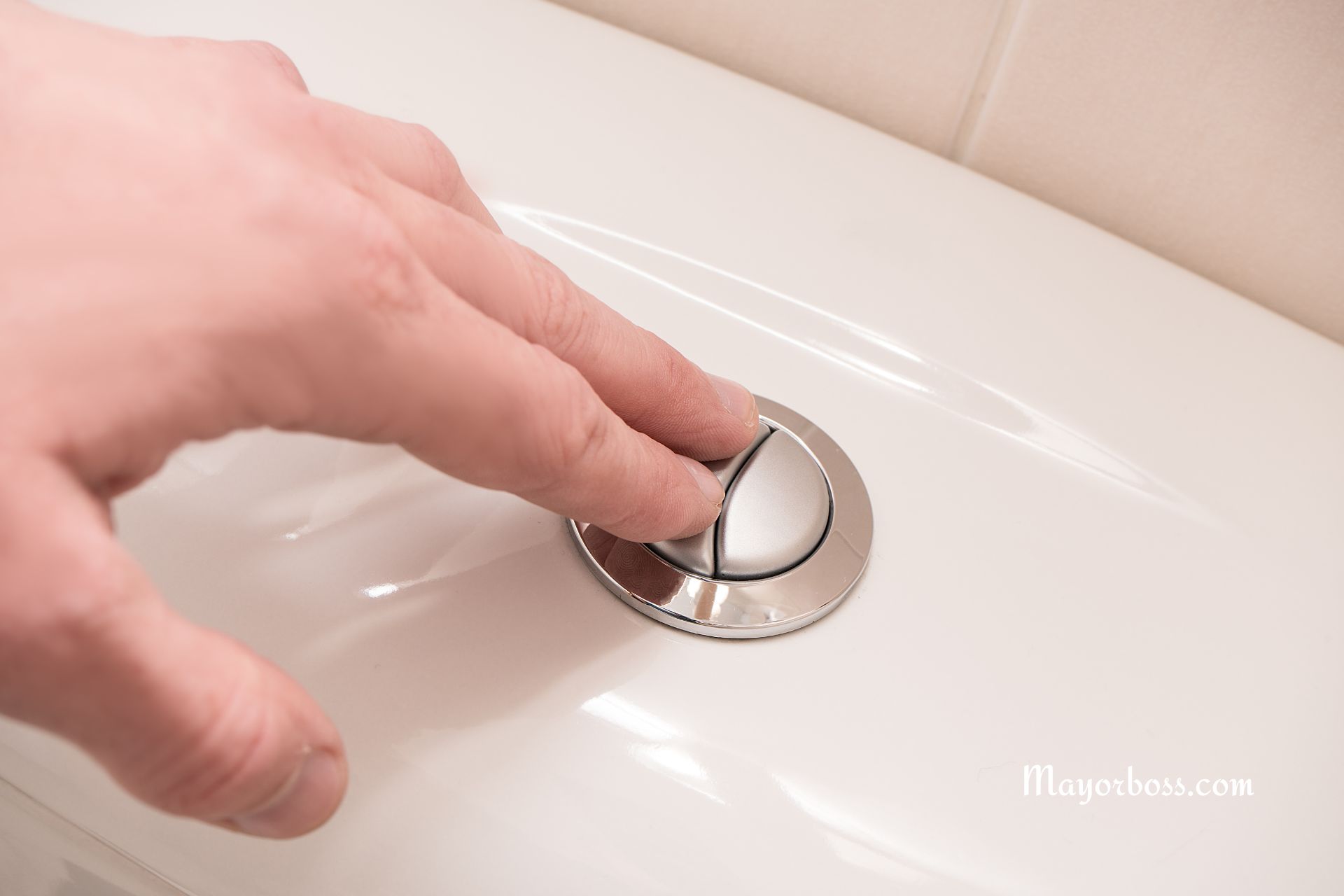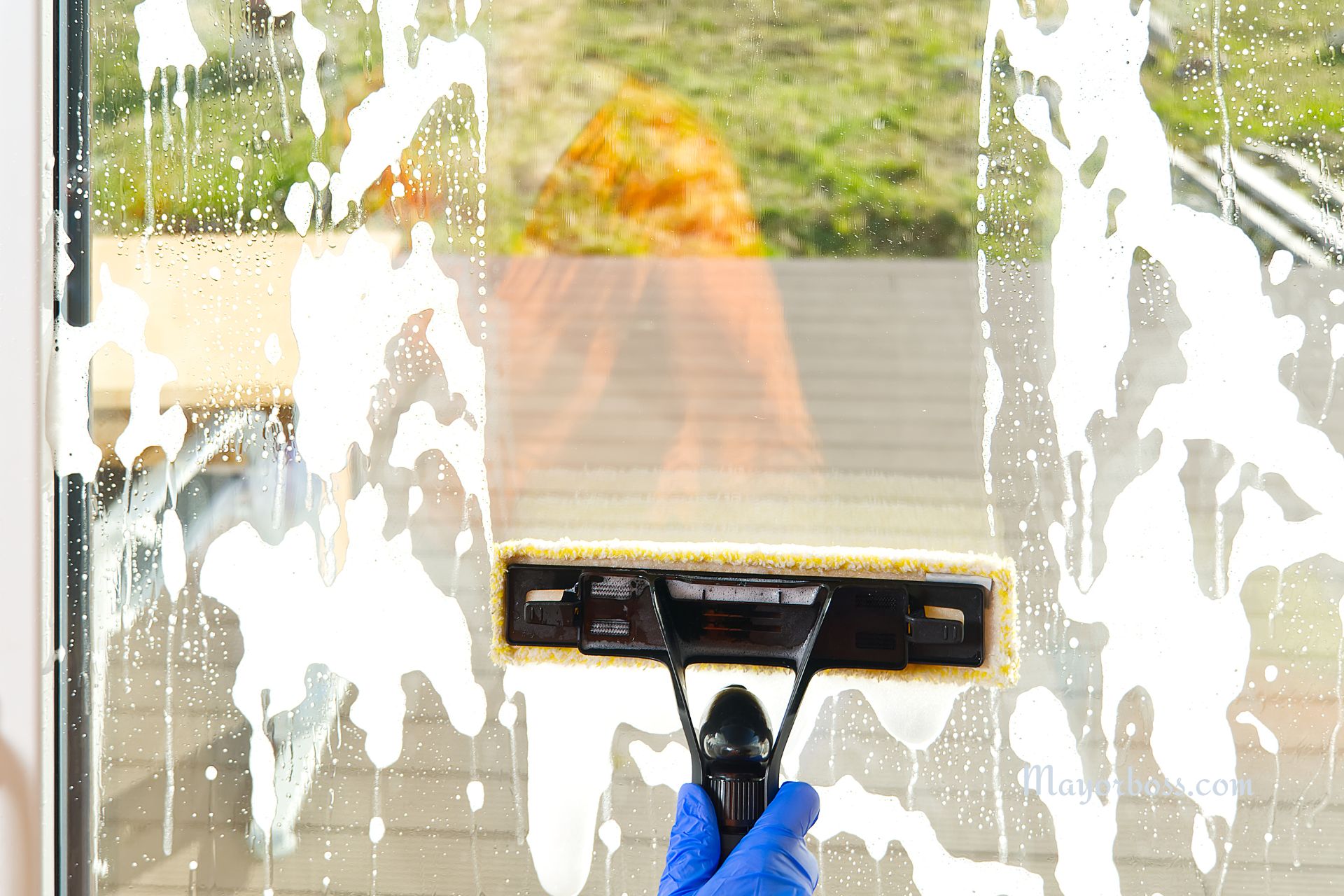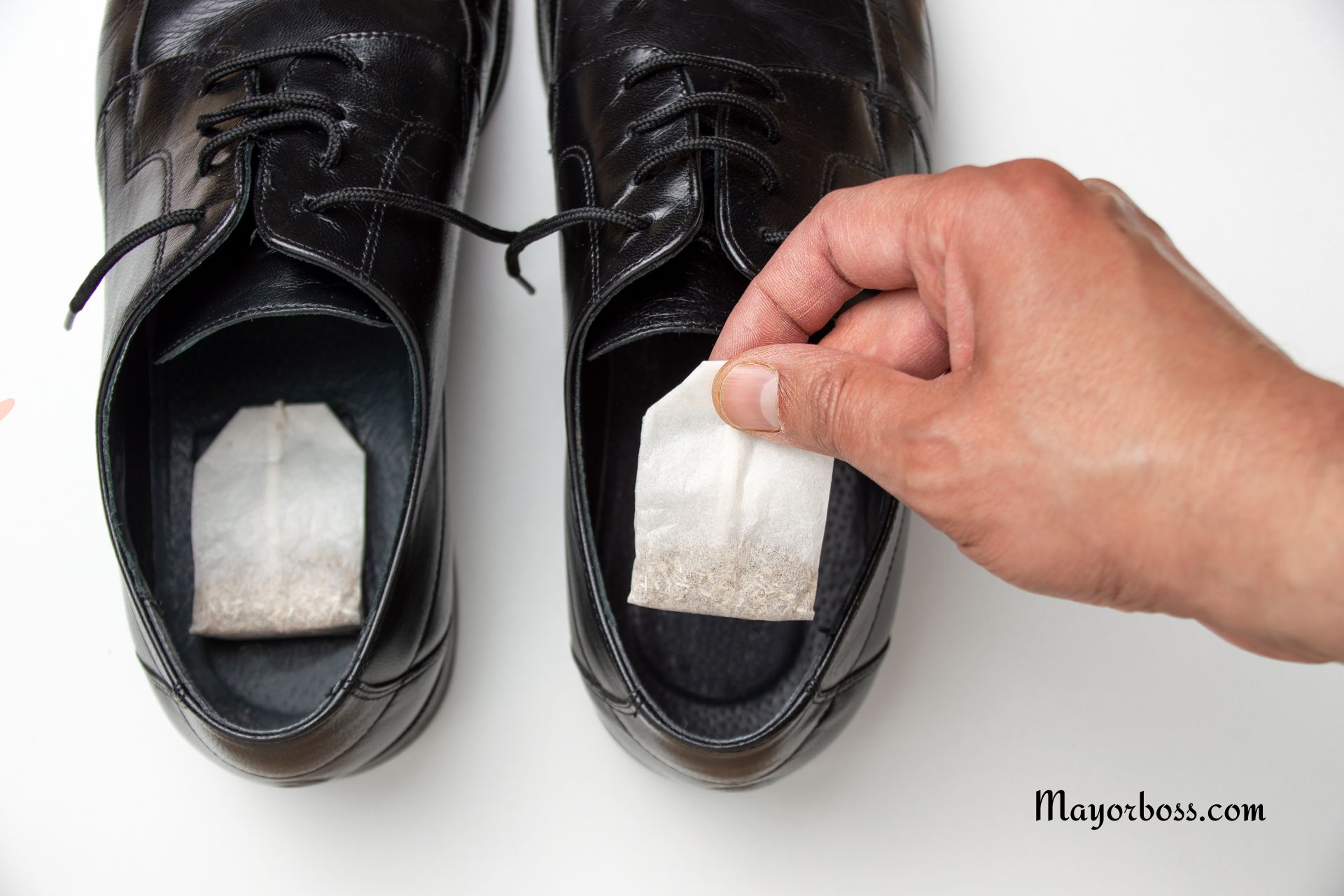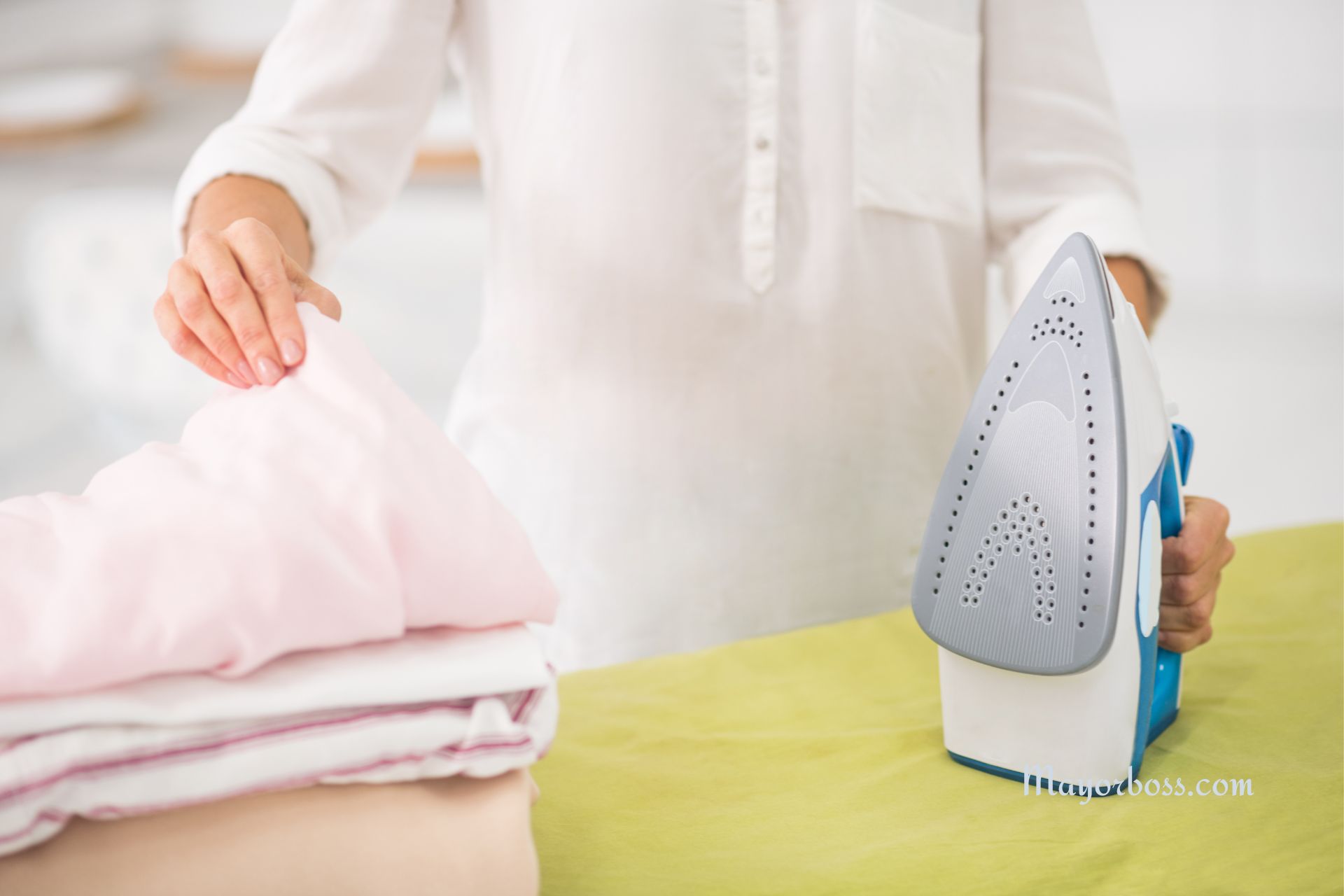The Surprising Reason Your Toilet Has Two Flush Buttons (One Big and One Small)
Have you ever noticed that some modern toilets come with two flush buttons and wondered why? Well, it’s not just a random design feature. There’s a very clever reason behind it, which has to do with saving water and being more environmentally friendly. So, let’s break down why your toilet might have a big and a small flush button, and how this design can impact your daily life and the planet.

What Do the Two Flush Buttons Mean?
Toilets with two flush buttons have what’s called a dual flush system. This system gives you two options: a half flush for liquid waste and a full flush for solid waste. Generally, the small button is for the half flush, and the big button is for the full flush. This system allows you to choose the amount of water you use each time you flush, depending on what’s needed.
The Environmental Impact
The main reason for the invention of dual-flush toilets is to conserve water. Water is a precious resource, and saving it whenever possible is crucial for the environment. Traditional toilets use the same amount of water for every flush, regardless of the waste being disposed of. However, with a dual flush toilet, you can use less water for liquid waste, significantly reducing water consumption over time. This not only helps in preserving the environment but also lowers your water bill.
How Much Water Can You Save?
The difference in water savings can be substantial. A full flush typically uses about 4 to 6 liters (1 to 1.6 gallons) of water, while a half flush uses only about 2 to 4 liters (0.5 to 1 gallon). Considering the average person flushes the toilet about 5 times a day, switching to a dual flush system can save a significant amount of water daily, leading to substantial savings annually.
Why Aren’t All Toilets Dual Flush?
While dual-flush toilets are becoming more common, they haven’t completely replaced traditional single-flush toilets. This is partly due to the cost and effort of replacing existing toilets and partly because not everyone is aware of the benefits. However, as more people become conscious of environmental issues, the popularity of dual-flush toilets continues to grow.
Tips for Maximizing Water Savings
- Use the Right Flush: Always use the half flush for liquid waste and the full flush for solid waste. It sounds simple, but making a habit of this can lead to significant water savings.
- Regular Maintenance: Ensure your toilet is functioning correctly. A leaking toilet can waste a lot of water, negating the benefits of a dual flush system.
- Educate Others: Share the benefits of dual flush toilets with friends and family. The more people switch to this system, the greater the overall water savings.
When to Consider Switching to a Dual Flush Toilet
If you’re renovating your bathroom or your current toilet needs replacing, consider switching to a dual-flush model. Not only will you be doing your part for the environment, but you’ll also see savings on your water bill over time. It’s a small change that can have a big impact.
Conclusion
The two buttons on your toilet are a clever feature designed to save water and help the environment. By giving you a choice between a half flush and a full flush, dual flush toilets are an excellent example of how smart design can lead to significant environmental benefits. So, the next time you press one of those buttons, remember that you’re making a choice that’s good for both your wallet and the planet.
Frequently Asked Questions
Q1: Can I convert my existing toilet to a dual flush system? Yes, there are conversion kits available that can turn your existing toilet into a dual flush toilet. These kits are relatively easy to install and can be a cost-effective way to save water.
Q2: Are dual flush toilets more expensive than traditional toilets? Initially, dual-flush toilets can be more expensive than single-flush models. However, the money saved on your water bill can offset the higher purchase price over time.
Q3: Do dual flush toilets require more maintenance? No, dual flush toilets do not typically require more maintenance than traditional toilets. Regular cleaning and occasional checks for leaks are all that’s needed to keep them in good working order.






